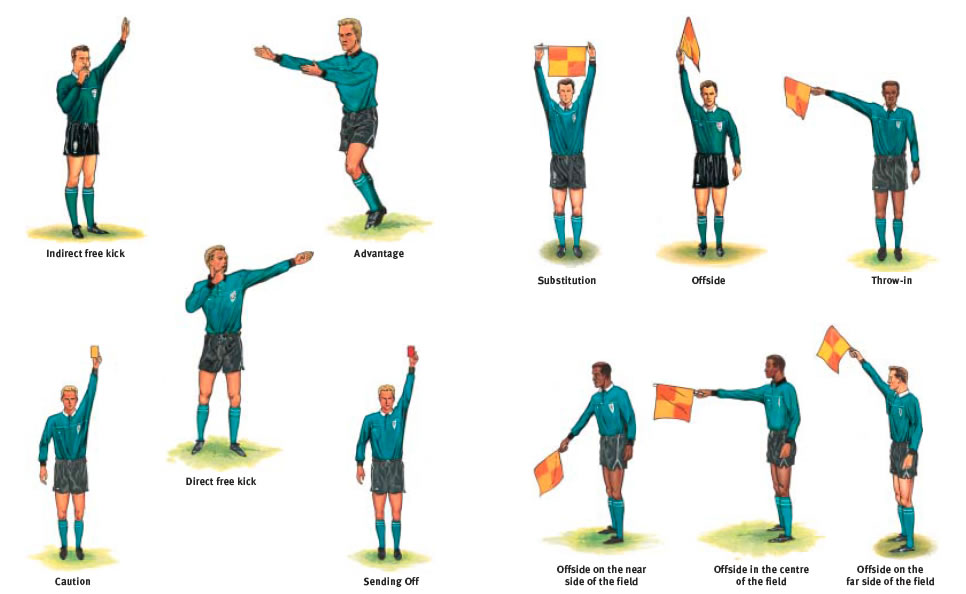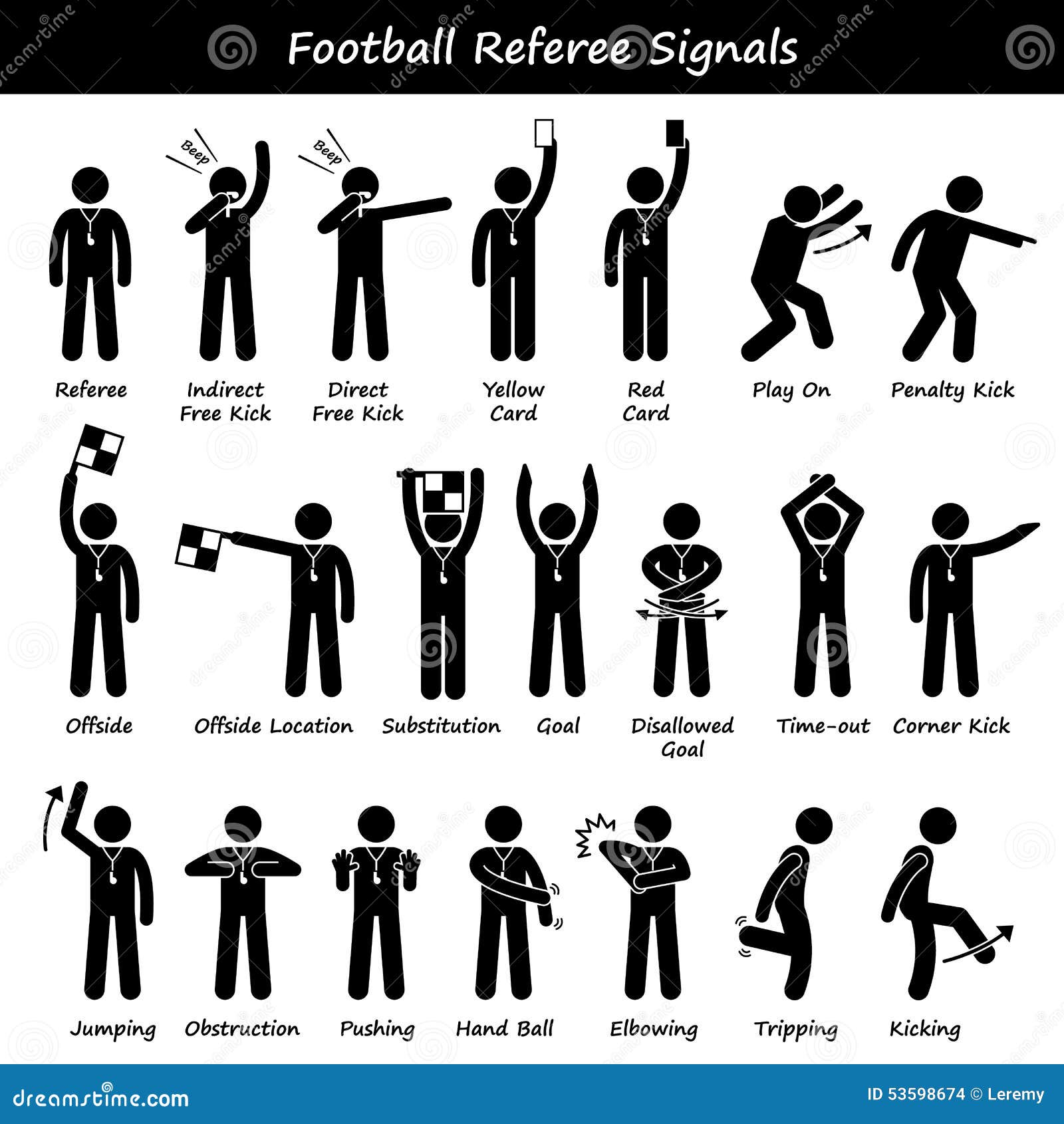

A way of doing that would be by going “off the script.” There are tall and short, skinny and fat, male and female officials, of course, but beyond their physical traits, the game wants no inkling that they’re judging differently by behaving differently. In order to portray their impartiality, they’re expected to apply the rules and run the game the same as every other official as much as possible. The difference is they’re expected to play the role as indistinguishably as they can. This is text in the rule and mechanics books. In basketball, officials are given the same script, too. Despite the fact everyone trying out has the same lines to read, each actor makes his or her own attempt to make it memorable and differentiate himself or herself from everyone else. Either way, the producer is looking for the most compelling presentation of how he or she wants it to be viewed and selects the person best for the job, based on some expectations. Sometimes, they read the script “cold,” while other times they get it in advance and can work out how they wish to portray it. Candidates are competing for a role in a production and are given some portion of the script to read. Many of us have some idea of how casting calls work for movie or TV parts. By that standard, we have something in common with real actors in how we ply our trade and involve the audience. Signals should be made in a way that lets everyone know that the referee had a clear view of the action, is confident in his call and ready to proceed with play.Įxperienced referees know that good signals are essential to good officiating.Like it or not, we officials are on a stage of sorts, playing a role and contributing to the production. They should be clear to everyone, leaving no question as to the call being made. Currently all of our sports have a unique set of signals to communicate and keep the game moving at a good pace.

This changed in the late 1800’s when a deaf player by the name of William Hoy convinced baseball umpires to use hand signals as a means of communicating balls, strikes and outs at the bases.


Our American game of baseball was played for years without any signals. Without these basic signals, made in a clear and timely manner, our games would have no continuity or flow. The out and safe signals in baseball sets the stage for the situation to be faced by the next batter. In basketball and soccer, the signal made by the referee following a ball out of bounds instructs the players how and where to proceed with getting the ball back into play. The first down signal in football lets everyone know that the offense will be awarded four more downs in their attempt to advance the ball for a score. Good, clear signals create flow to a game. The value of good signals should never be underestimated. When a referee or umpire makes a call in applying a rule, nothing happens until a signal is made. In any game situation, the players, coaches, fans, scorers and fellow referees need to understand the call. Signals are a referee’s way to communicate. However, almost as important to good officiating is the use of clear, confident signals. For a sports referee it is essential to know the rules and understand how to apply them.


 0 kommentar(er)
0 kommentar(er)
